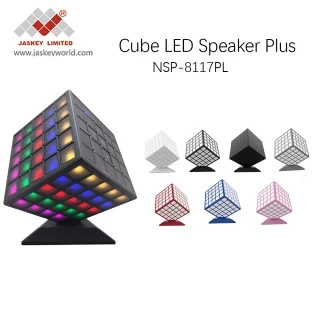How the know more about sound quality
As long as you are obsessed with audio, essentially all motivation is the pursuit of better sound quality. How to evaluate the sound quality is a very difficult thing without strict standards.
First of all, the listening evaluation must be based on a reliable and high-quality audio source. The loudness of the sound is first adjusted to sound a little too loud, and then adjusted back by about 10% to 20%. In short, the volume is clear enough, but not ear-shattering.
1.The purity of the sound.
We always want the sound to be clean and free from other noises. However, when the speaker produces sound, it will inevitably produce noise. The noise comes from the resonance of the box, the reflection inside the box, the distortion of the speaker itself when it produces sound, the reverberation generated by the environment, and so on.
However, it is easier to distinguish high-frequency impurity, and the intuitive feeling is harsh, or the slightest sound is obvious. Low-frequency impurity is more difficult to distinguish, and even at first I thought that low-frequency is good. Seriously poor low-frequency listening time is a little longer, you will feel dizzy. No matter the high or low frequency, if there is no problem with the sound source, if you listen to it for a long time, and the more you listen to it, the more comfortable it is, that is a good sound.
2.The strength of the sound. Not the size of the sound.

3.Sound details. This is the first evaluation part of some audio evaluation articles that we often see, generally called resolution. Find a place where the sound is particularly subtle. Some speakers can hear it, and some speakers can't hear it. In fact, the details of the sound do not need to listen to a certain point in particular. The vivid details can feel that the music surrounds you, and you can feel that the music is moving you, but you can't tell which details are good. If the details are not good, there seems to be nothing wrong with it, but the music is not vivid and rather stiff.
4. The sense of direction of the sound. To be honest, the sense of direction of the sound is better than nothing for enjoying ordinary music (except symphony). Movies and game music are very important. If you want to have a good sense of direction, multi-channel is a must.
The phase of the sound: When it comes to the phase, it seems very complicated. In simple language, it is actually whether the sound is synchronized. Now most of the speakers are multi-speakers, and they have to go through a frequency divider to separate the original integrated sound into high-frequency sound and low-frequency sound. The high-frequency sound and low-frequency sound will reach your ears more or less out of sync. It is generally difficult to distinguish, but you can feel it. Severe phase deviation will make your ears swell when you take a high-speed elevator. For example, reverse connection of a speaker , I believe most people can feel it. Full-range speakers have almost no phase distortion, so there are many full-range enthusiasts. Of course, full-range speakers have the disadvantage of being difficult to balance high and low frequencies. If you want to balance it, the cost is very high and the power is not large.


